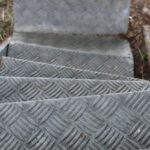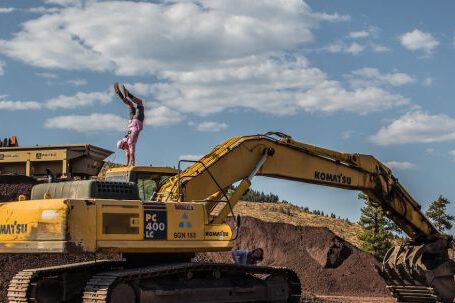The use of concrete drills and bits is one of the most common tasks when it comes to construction and home improvement. Whether it is drilling into concrete, masonry, or asphalt, having the right tool for the job is essential. In this article, we will take an in-depth look at concrete drills and bits, including their features, uses, and care and maintenance.
Types of Concrete Drills and Bits
When it comes to concrete drilling and bits, there are several types to choose from. The most common types are carbide-tipped, masonry, and rotary hammer drills. Each type has its own unique features and is designed for specific tasks.
Carbide-tipped drills are designed for drilling into hard surfaces such as concrete and asphalt. They are usually powered by electricity and feature a hardened steel shaft with a tungsten carbide tip. They are great for making holes in concrete for anchors, bolts, and other hardware.
Masonry drills are designed for use on softer materials such as brick and stone. They feature a smaller diameter and are usually powered by a hand crank. They are great for making small holes for screws and other hardware.
Rotary hammer drills are designed for drilling into harder materials such as concrete and masonry. They are usually powered by electricity and feature a rotating hammer head that is able to break up the material. They are great for making larger holes for anchors, bolts, and other hardware.
Uses Of Concrete Drills and Bits
Concrete drills and bits are used for a variety of tasks. They are used for drilling into concrete and masonry for anchors, bolts, and other hardware. They can also be used to drill into asphalt for repairing potholes and other surface damage. They are also used to drill into brick or stone for mounting shelves, mirrors, and other items.
Care and Maintenance
Proper care and maintenance of concrete drills and bits is essential to ensure that they perform as expected. Before using a drill or bit, always check that it is in good condition. Make sure the bit is not cracked, chipped, or worn. If it is, replace it immediately.
When using a drill or bit, always wear protective eyewear and gloves. Make sure to use the correct drill bit for the material you are drilling into and ensure that it is properly secured in the drill. When drilling into concrete, always use a hammer drill for best results.
When finished, always clean and store the drill and bit properly. Clean the bit with a wire brush and then lubricate it with a bit lubricant. Store the drill and bit in a dry, clean place away from moisture and extreme temperatures.
Conclusion
Concrete drills and bits are an essential tool for any construction or home improvement project. They are designed for specific tasks and can make quick work of drilling into concrete, masonry, and asphalt. It is important to choose the right type of drill and bit for the job and to take proper care and maintenance to ensure that they perform as expected. With the right tools, concrete drilling and bit use can be fast and efficient.






